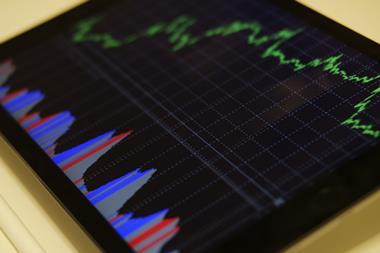The coverage ratio of Dutch pension funds has risen by 2.2 percentage points points during the first quarter of 2017 and stood at 99.7% at March-end, according to supervisor De Nederlandsche Bank (DNB).
Earlier, consultancy firms Mercer and Aon Hewitt concluded that the average funding level was 100% at the end of March.
DNB and the consultancies referred to the official ‘policy’ funding – representing the twelve-month average of the actual coverage – which is the main criterion used to calculate rights cuts and indexation.
The watchdog said that the actual funding had risen by 2.8 percentage points in the first quarter and now stood at 104.9%.
According to DNB, pension funds’ liabilities had dropped €17bn to €1.23trn during the past three months, mainly thanks to the rise in actual funding.
In the same period, schemes’ combined assets increased by a similar amount to €1.29trn.
The supervisor attributed the assets’ rise in particular to improving stock markets, with the AEX, MSCI World, and the Dow Jones indices climbing 6.9%, 4.9%, and 4.6% respectively.
At March-end last year, pension funds’ funding ratio stood at 102% on average, while actual funding averaged more than 96%.
Some pension funds in the Netherlands have been forced to cut pension payments in recent months due to poor funding levels. Despite fewer funds being affected than initially expected, it has led to debate about the introduction of a new pension system.







No comments yet